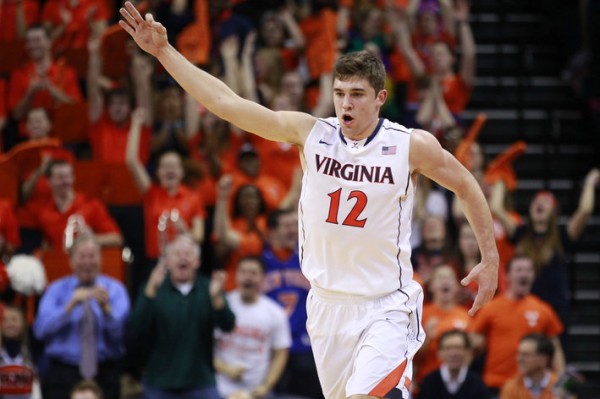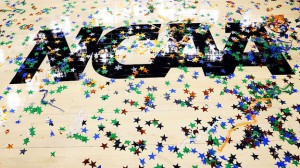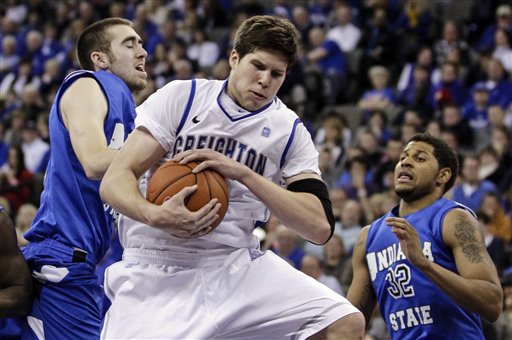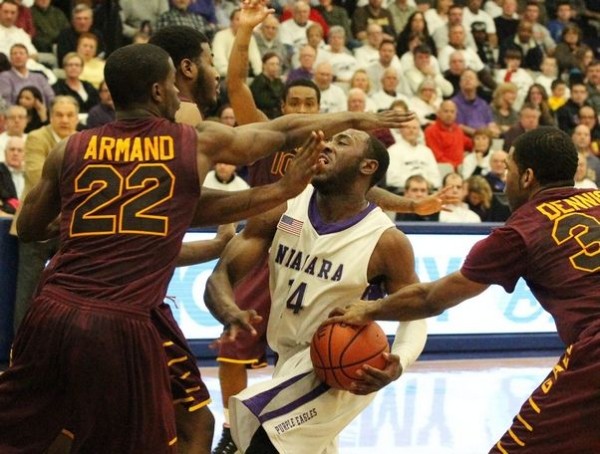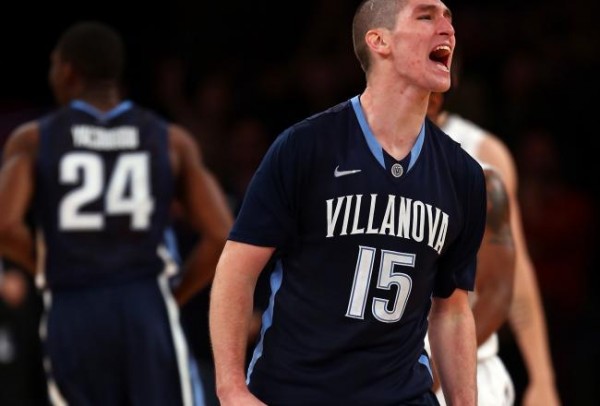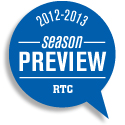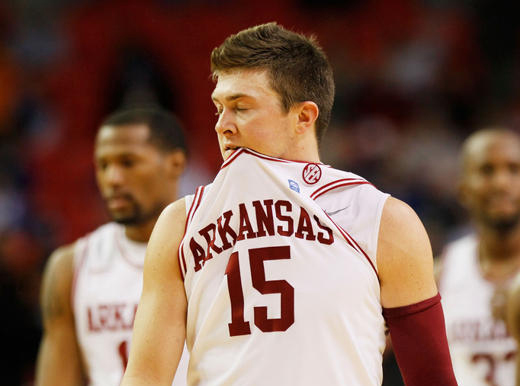Bracket Prep: East Region Analysis
Posted by Brian Otskey (@botskey) on March 17th, 2014Throughout Monday, we will roll out our region-by-region analysis on the following schedule: East (10:00 AM), Midwest (11:00 AM), South (1:00 PM), West (2:00 PM). Here, Brian Otskey (@botskey) breaks down the East Region from top to bottom. Also, be sure to follow our RTC East Region handle on Twitter for continuous updates the next two weeks (@RTCeastregion).
You should also check out our upcoming RTC Podblast with Brian breaking down the East Region, which will drop both on the site and on iTunes Tuesday.
East Region
Favorite: #1 Virginia (28-6, 16-2 ACC) – The Cavaliers earned the final No. 1 seed and there should be no griping about that. While much is made about Virginia’s unbalanced ACC schedule, you can’t brush off both the regular season and conference tournament crowns. Tony Bennett’s team has a great blend of talent and experience with seniors Joe Harris and Akil Mitchell leading an impressive group of sophomores. This team is one of the finest in the nation on the defensive end of the floor where it has earned its reputation for slow, physical basketball, but its offense doesn’t get the credit it deserves. Virginia ranks No. 25 nationally in adjusted offensive efficiency and was second behind only Duke in ACC games.
Should They Falter: #2 Villanova (28-4, 16-2 Big East) – The Wildcats blew their chance to grab the top seed in this region with a quarterfinal Big East loss to Seton Hall on Thursday. That said, Villanova remains a dangerous team. Jay Wright’s group has not received a lot of press because most people may not even know the players on this team. There are no stars or surefire NBA draft picks here, but this team plays with tremendous chemistry and is efficient on both sides of the ball. Are the Wildcats too reliant on the three-point shot? Probably, but the toughest competition for Villanova likely won’t arrive until the Sweet Sixteen at the earliest, where it may have to face Iowa State.
Grossly Overseeded: #13 Delaware (25-9, 14-2 Colonial) – Admittedly, this is a reach. There are no teams in this region I felt were overseeded, but I have to pick one, Delaware is it. The Blue Hens went just 8-7 outside of conference play and are a great example of the stark contrast between the RPI and better rating systems like KenPom. Delaware is No. 70 in the RPI, which no doubt helped them to a No. 13 seed, but its efficiency profile (No. 105 in KenPom) is much more similar to that of a #14 or #15 seed. The Blue Hens are a good team and were very competitive with Villanova and Notre Dame this season, among others, but a #14 seed may have been more appropriate. Again, this is a very minor quibble with an otherwise solid seeding job in this region by the committee.






























